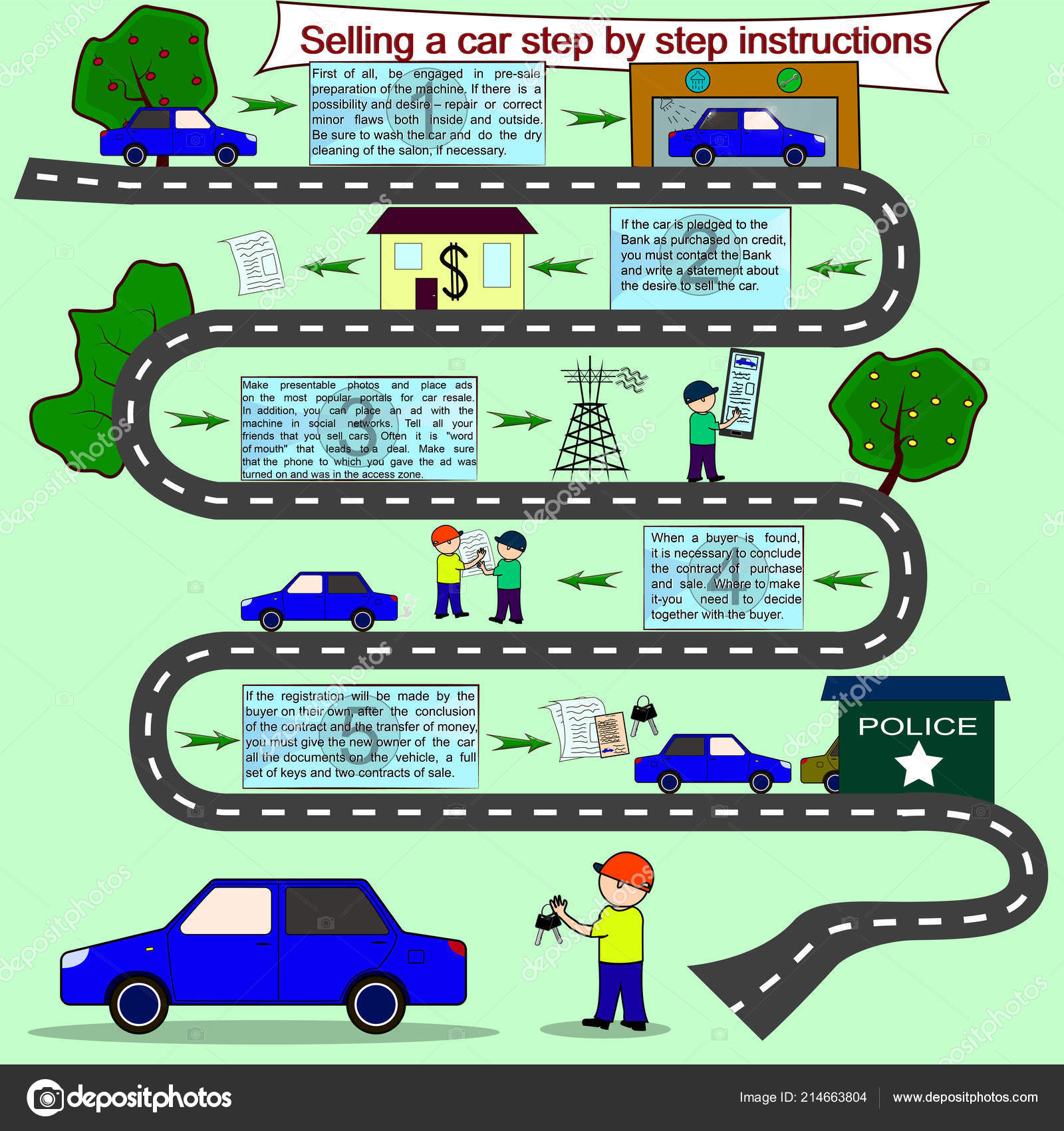Wondering Regarding The Meaning Behind Those Control Panel Caution Lights? Gain Understandings Right Into Their Implications For Your Lorry'S Safety And Security And Maintenance
Wondering Regarding The Meaning Behind Those Control Panel Caution Lights? Gain Understandings Right Into Their Implications For Your Lorry'S Safety And Security And Maintenance
Blog Article
Web Content Author-Lauritsen Torres
When you're behind the wheel, those glowing warning lights on your control panel can be a little bit puzzling. Do you know what they're attempting to inform you concerning your cars and truck's health and wellness? Understanding the relevance of these lights is crucial for your safety and the longevity of your vehicle. So, the following time among those lights pops up, wouldn't you wish to decode its message properly and take the necessary steps to resolve it?
Common Warning Lights and Interpretations
Recognize common caution lights in your vehicle and comprehend their significances to ensure secure driving.
One of the most regular warning lights include the check engine light, which signifies problems with the engine or discharges system. If this light comes on, it's critical to have your vehicle checked quickly.
The oil pressure alerting light shows low oil pressure, requiring prompt attention to avoid engine damage.
A blinking battery light might suggest a damaged billing system, potentially leaving you stranded otherwise attended to.
click to read monitoring system (TPMS) light alerts you to low tire pressure, affecting automobile security and gas performance. Neglecting this might result in dangerous driving problems.
The abdominal muscle light suggests a trouble with the anti-lock stopping system, endangering your capability to stop swiftly in emergencies.
Lastly, the coolant temperature alerting light warns of engine overheating, which can cause serious damage if not dealt with swiftly.
Understanding these typical caution lights will help you deal with issues immediately and maintain safe driving conditions.
Value of Prompt Focus
Recognizing the common caution lights in your cars and truck is just the very first step; the importance of immediately attending to these warnings can not be highlighted sufficient to guarantee your security on the road.
When a caution light illuminates on your dashboard, it's your car's way of connecting a possible concern that requires focus. Neglecting these cautions can lead to extra extreme problems in the future, jeopardizing your security and possibly costing you much more in repairs.
Prompt attention to alerting lights can prevent malfunctions and mishaps. For instance, a blinking check engine light can indicate a misfire that, if left neglected, might cause damages to the catalytic converter. Resolving https://juliusojdxq.blazingblog.com/30023206/the-innovation-of-car-describing-techniques-in-the-past-10-years can save you from a costly repair.
In a similar way, a brake system warning light could signify low brake fluid or worn brake pads, vital parts for your security when driving.
Do It Yourself Troubleshooting Tips
If you notice a warning light on your control panel, there are a few do it yourself fixing suggestions you can attempt prior to looking for professional aid.
The first step is to consult your cars and truck's guidebook to understand what the details warning light shows. Often the problem can be as simple as a loose gas cap setting off the check engine light. Tightening the gas cap might fix the issue.
Another typical issue is a reduced battery, which can set off various cautioning lights. Checking the battery links for deterioration and guaranteeing they're secure could take care of the trouble.
If a caution light persists, you can try resetting it by disconnecting the cars and truck's battery for a couple of mins and after that reconnecting it. Furthermore, examining your automobile's fluid levels, such as oil, coolant, and brake fluid, can assist troubleshoot advising lights connected to these systems.
Conclusion
Finally, comprehending your automobile's caution lights is essential for keeping your vehicle running smoothly and safely. By quickly dealing with these signals and understanding what they indicate, you can prevent expensive fixings and possible break downs.
Remember to consult your auto's guidebook for specific information on each advising light and act accordingly to guarantee a hassle-free driving experience.
Keep notified, remain secure on the road!
